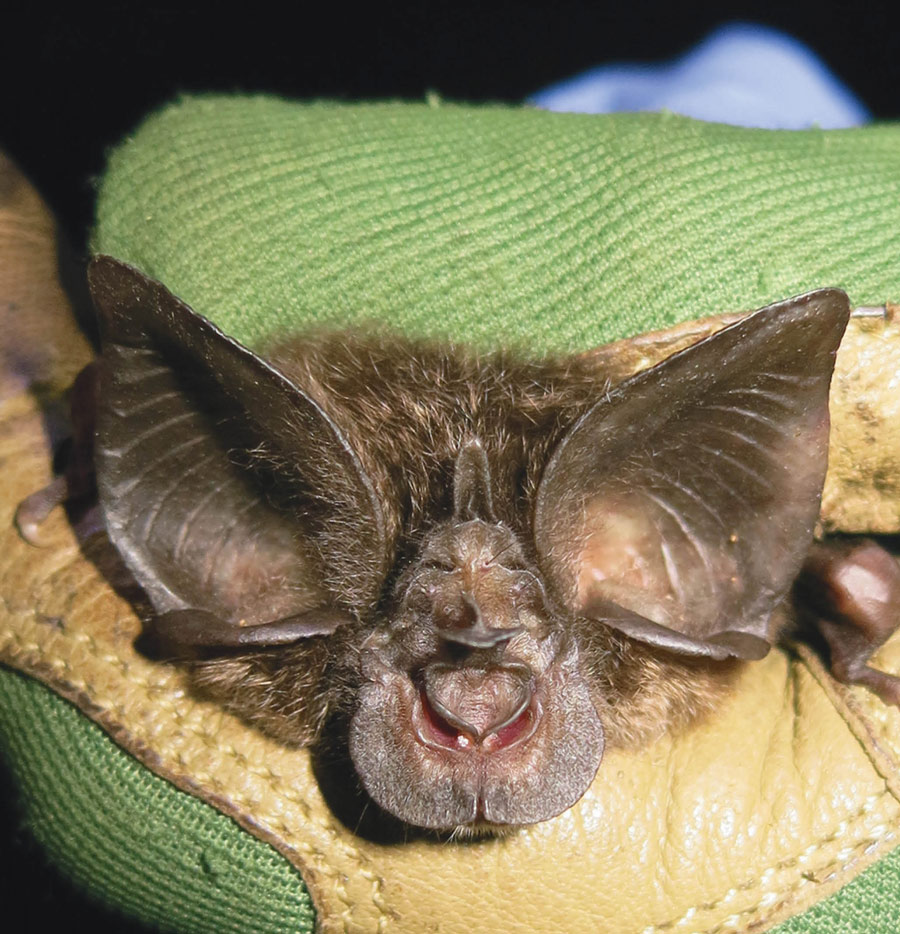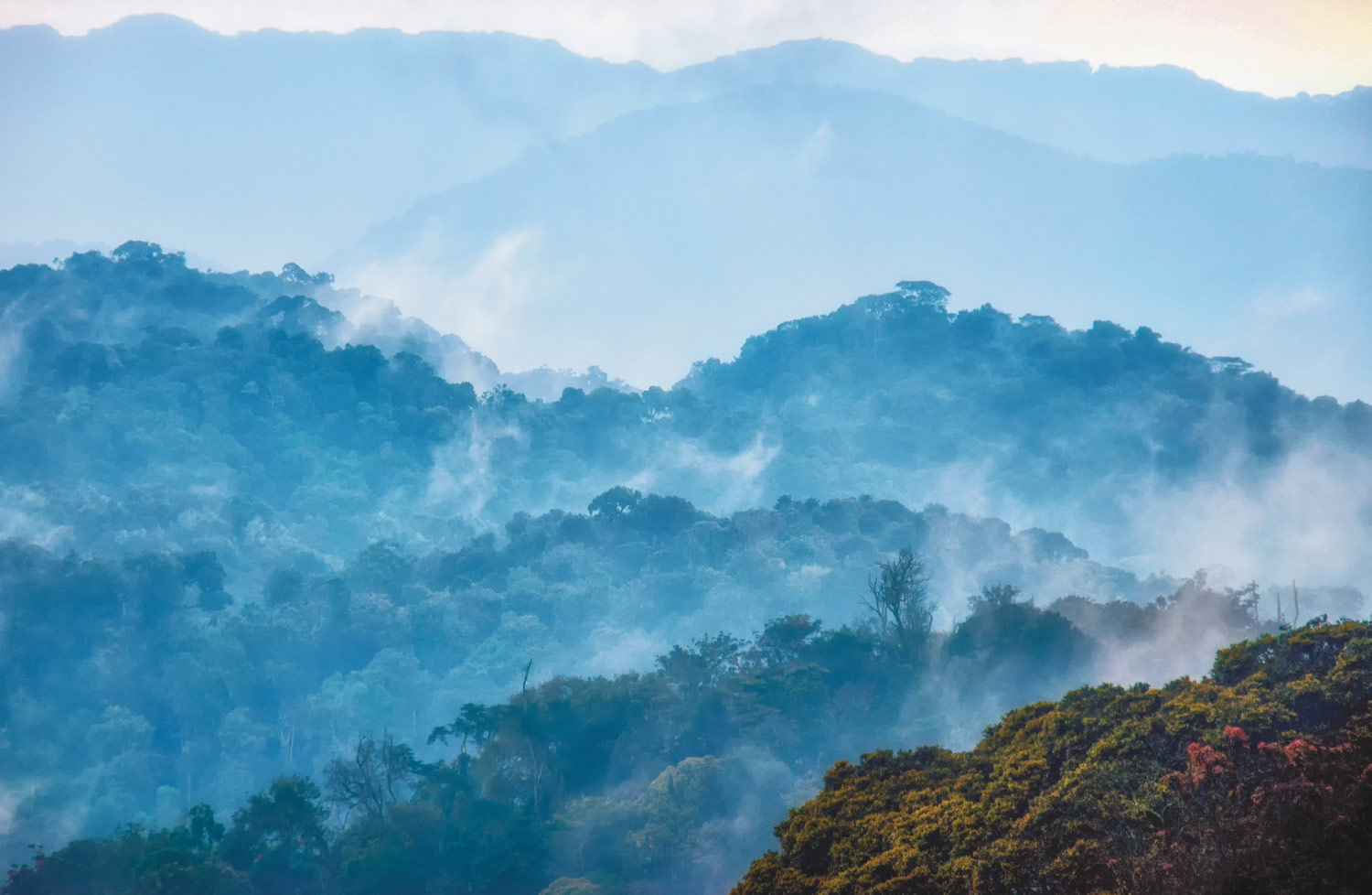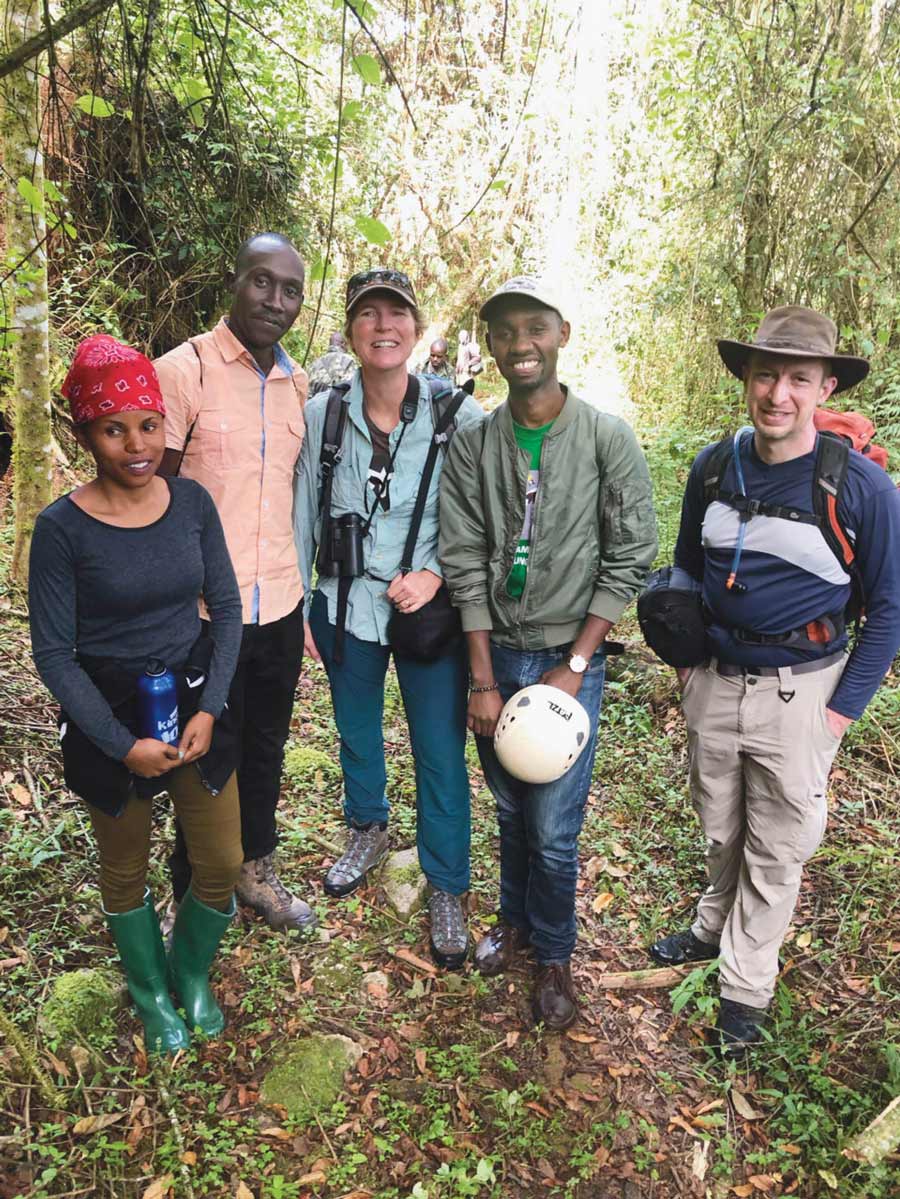
Mission 1


(Rhinolophus hilli)
Photo by Dr. Jon Flanders
Lost for 40 Years—an Elusive Species is Found
Two years later, by comparing morphological measurements and tissue samples from international museums and engaging world-renowned bat experts in the review process, the small bat was scientifically confirmed to be the elusive, Critically Endangered Hill’s horseshoe bat (Rhinolophus hilli)—a species that had not been seen since 1981.
Rediscovery of the Hill’s horseshoe bat is a testament to tenacity, BCI’s commitment to account for all endangered bat species, and in-country partners’ determination to ensure the work was able to get done.
Photo from Getty Images
Mission 1

Photo from Getty Images
Lost for 40 Years—an Elusive Species is Found
Two years later, by comparing morphological measurements and tissue samples from international museums and engaging world-renowned bat experts in the review process, the small bat was scientifically confirmed to be the elusive, Critically Endangered Hill’s horseshoe bat (Rhinolophus hilli)—a species that had not been seen since 1981.
Rediscovery of the Hill’s horseshoe bat is a testament to tenacity, BCI’s commitment to account for all endangered bat species, and in-country partners’ determination to ensure the work was able to get done.


(Rhinolophus hilli)
Photo by Dr. Jon Flanders
Photo by Dr. Jon Flanders
Photo: iStock.com/Yaroslav Astakhov
Patience and Planning Net Long-Lost Species
In 2019, a 10-day expedition to Nyungwe National Park netted a bat that seemed to be the extremely rare bat they had been working to find. Carefully, the bat was documented, and audio recordings were collected to begin scientific confirmation.
In 2022, a multi-national team led by BCI announced the confirmed rediscovered bat and published records of the discovery in a dataset shared openly with the public through the Global Biodiversity Information Facility.
Since the discovery, park rangers have conducted acoustic surveys in 23 locations, recording over 250,000 sound files. Analysis of the sound files pinpoints Hill’s horseshoe bats in eight locations, all within a small area in Nyungwe National Park.
Patience and Planning Net Long-Lost Species
In 2019, a 10-day expedition to Nyungwe National Park netted a bat that seemed to be the extremely rare bat they had been working to find. Carefully, the bat was documented, and audio recordings were collected to begin scientific confirmation.
In 2022, a multi-national team led by BCI announced the confirmed rediscovered bat and published records of the discovery in a dataset shared openly with the public through the Global Biodiversity Information Facility.
Since the discovery, park rangers have conducted acoustic surveys in 23 locations, recording over 250,000 sound files. Analysis of the sound files pinpoints Hill’s horseshoe bats in eight locations, all within a small area in Nyungwe National Park.

Photo by Dr. Jon Flanders

Photo: iStock.com/Yaroslav Astakhov
Saving the Rarest Bat in the United States
Some notable accomplishments in FY22 include:
- Cohosting a Florida bonneted bat group meeting with Zoo Miami to coordinate conservation efforts. More than 80 representatives from federal and state agencies, tribal nations, utilities, and conservation organizations attended.
- Installing seven additional special-designed artificial roosts in areas of high bat activity.
- Increasing the total known population of Florida bonneted bats in Miami to 130 individuals, an increase of 44 bats.
- Conducting 41 Florida bonneted bat surveys in southwest Florida to identify priority areas for conservation.
Staying vigilant: BCI continues to work with partners to oppose a theme park development proposal on 27.5 acres of land identified as one of the most important bat foraging areas within Miami-Dade County.
Photo by Javier Folgar

(Eumops floridanus)
Photo by Micaela Jemsion

Photo by Javier Folgar
Saving the Rarest Bat in the United States
Some notable accomplishments in FY22 include:
- Cohosting a Florida bonneted bat group meeting with Zoo Miami to coordinate conservation efforts. More than 80 representatives from federal and state agencies, tribal nations, utilities, and conservation organizations attended.
- Installing seven additional special-designed artificial roosts in areas of high bat activity.
- Increasing the total known population of Florida bonneted bats in Miami to 130 individuals, an increase of 44 bats.
- Conducting 41 Florida bonneted bat surveys in southwest Florida to identify priority areas for conservation.
Staying vigilant: BCI continues to work with partners to oppose a theme park development proposal on 27.5 acres of land identified as one of the most important bat foraging areas within Miami-Dade County.

(Eumops floridanus)
Photo by Micaela Jemsion
Endangered Species Interventions Around the World
- Tagging 10 Livingstone bats with GPS trackers
- Identifying feeding tree species and potential feeding sites in Comoros
- Training an in-country team in research and data collection procedures
- Completing the purchase of the land containing the cave entrance, ensuring it did not fall into the hands of developers
- Working with Jamaican authorities to establish long-term protection for the site

(Pteropus livingstonii)
Photo by Dr. Jon Flanders

(Phyllonycteris aphylla)
Photo by Sherri & Brock Fenton

Endangered Species Interventions Around the World
- Tagging 10 Livingstone bats with GPS trackers
- Identifying feeding tree species and potential feeding sites in Comoros
- Training an in-country team in research and data collection procedures

(Pteropus livingstonii)
Photo by Dr. Jon Flanders
- Completing the purchase of the land containing the cave entrance, ensuring it did not fall into the hands of developers
- Working with Jamaican authorities to establish long-term protection for the site

(Phyllonycteris aphylla)
Photo by Sherri & Brock Fenton
Photo by Dr. Jon Flanders
Protecting Vital Roosts
In addition to planting thousands of agaves across northeast Mexico and the southwestern U.S., BCI’s intervention work involved:
- Using high-tech LiDAR imaging to map Cueva de Oztuyehualco, located in the foothills near Mexico City
- Fusing LiDAR data with high-resolution digital elevation and habitat models, achieved through drone-assisted photography
- Providing decision-making authorities with necessarily sophisticated renderings to preserve the mating roost
Protecting Vital Roosts
In addition to planting thousands of agaves across northeast Mexico and the southwestern U.S., BCI’s intervention work involved:
- Using high-tech LiDAR imaging to map Cueva de Oztuyehualco, located in the foothills near Mexico City
- Fusing LiDAR data with high-resolution digital elevation and habitat models, achieved through drone-assisted photography
- Providing decision-making authorities with necessarily sophisticated renderings to preserve the mating roost

Photo by Dr. Jon Flanders